- 1. What is the Best Season to Catch Bass?
- 2. How Does Migration Affect Bass Fishing?
- 2.1. Where to Find Migrating Bass
- 3. How Do I Look for Bass in the Water?
- 3.1. Cover as much water as you can
- 3.2. Look out for birds
- 3.3. Note the temperature of the water
- 3.4. Keep fishing where you find your first catch
- 3.5. Try different casting techniques
- 4. Choosing Lure and Bait Color
- 5. Top Lures, Baits & Technique Tips For Spring Bass Fishing
- 5.1. 1. Lipless Crankbait
- 5.2. 2. Square-Bill Crankbait
- 5.3. 3. Lipless Jerkbaits
- 5.4. 4. Finesse Worms
- 5.5. 5. Jig Baits with Crawfish or Creatures
- 5.6. 6. Drop-Shot Rigs
- 6. Spend Time on the Water
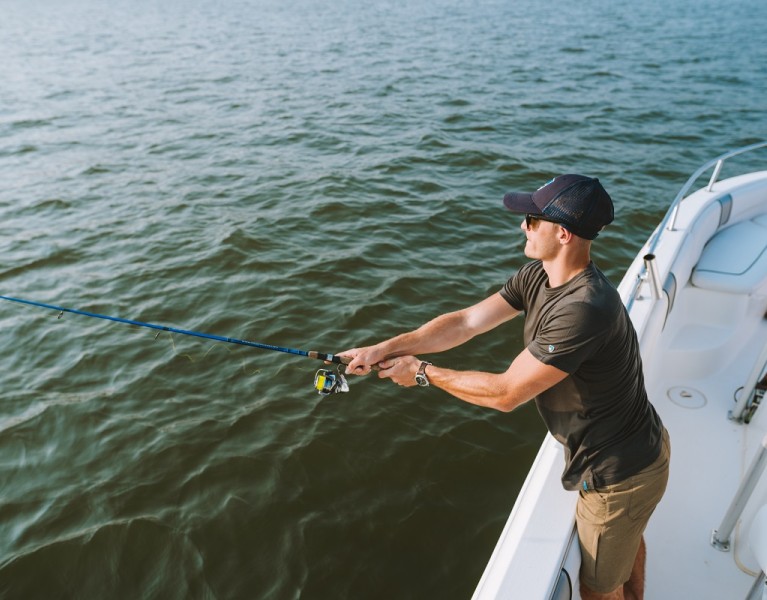
Early Spring Bass Fishing: Catching Bass Like a Pro Angler
Table of Contents [Show]
If you're an angler, you know how many different variables affect your ability to catch a fish. Fishing is influenced by the time of day, season, location, and breed of fish. When is the best time to go bass fishing? How do you find a good spot? What baits and lures are best to use? Is there a special technique for spring bass fishing? Let’s dive right in.
New to fishing? Start with How to Learn Fishing From Scratch: Casting.
What is the Best Season to Catch Bass?
Spring and summer are ideal times to go fishing because water temperatures range from 60 to 80 degrees. Spring is pre-spawn season, which creates opportunities for more aggressive fish to bite your bait. When bass are preparing to spawn, they instinctively increase their feeding habits so they can grow and gain energy for reproduction. This also means you may catch bigger fish!
How Does Migration Affect Bass Fishing?
During the spring, bass migrate from deep water to lay their eggs in shallow flats. The length of migration routes depends on the size of the body of water there and can be as short as 100 feet or longer than a mile. Regardless of size or type of body of water (lake, river, creek, pond), most bass follow similar migration patterns.
Where to Find Migrating Bass
If you're wondering where to find migrating bass, look here:
- Steep ridges merging flat and deep water
- Emergent vegetation
- Warmer areas of lakes that are exposed to the sun
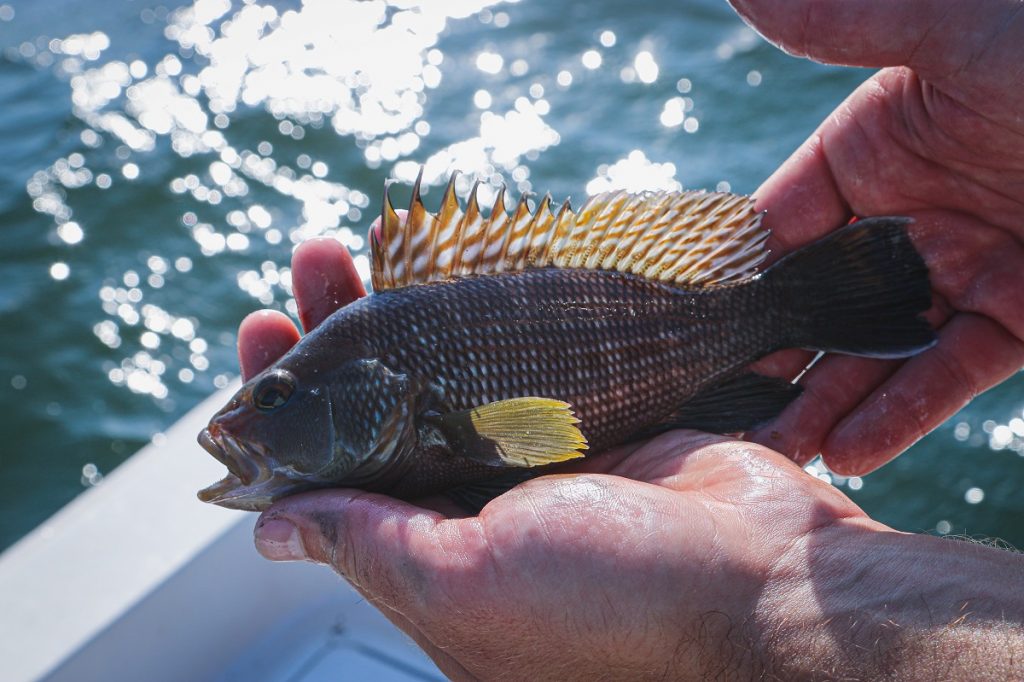
How Do I Look for Bass in the Water?
Finding bass in the water can be a challenge in the spring when the weather is constantly changing. Each time you catch a fish, observe the conditions in which you caught it. Was the water warm, clear, muddy, steep, shallow, etc.? Noticing these details will sharpen your skills as you continue to search for bass in the spring. Here are some more tips for locating where the bass are congregating.
Cover as much water as you can
Start in deeper central water and work your way to shallow areas.
Look out for birds
Birds will often dive into water that has a high concentration of baitfish. This often means there are hungry bass nearby.
Note the temperature of the water
This is especially important during spring when the temperature changes daily. The more familiar you become with bass behavior, the more easily you’ll figure out location. Largemouth bass typically spawn between 55-60 degrees. During pre-spawn, bass become very active in feeding. This usually occurs when water temperatures rise to about 50-55 degrees.
Keep fishing where you find your first catch
There are often dozens of bass congregating in one area. If you’ve had success once, you’ll likely have success again.
Try different casting techniques
Each day of spring can warrant a different approach while fishing because of fluctuating weather and temperatures. When one technique works, try that one again. But be aware that the same thing may not work the very next day.
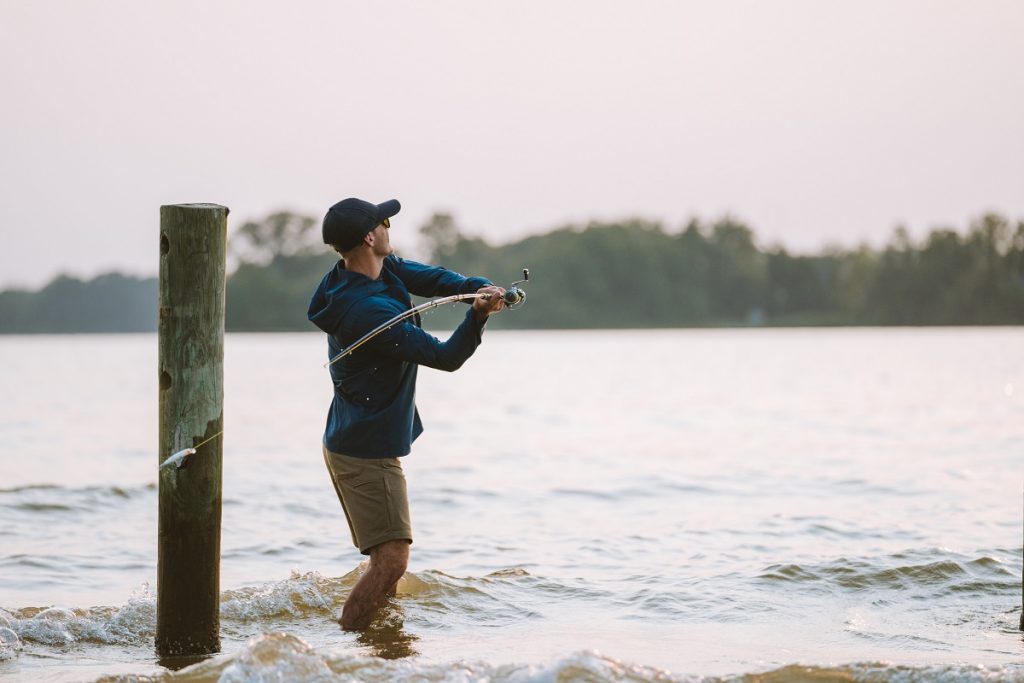
Choosing Lure and Bait Color
Once you locate the bass, present your bait in a central, visible spot. Because bass are feeding heavily, you're more likely to catch several bass.
Select the color of the jig bait based on the water conditions. Match the color of your bait to the color of the water. Essentially, the darker the water, the darker the lure. Tips:
- Use green or blue on clear water days.
- Use orangs, red, or brown in muddy water.
- Use navy and black in dark water.
Top Lures, Baits & Technique Tips For Spring Bass Fishing
There are endless lures and baits to choose from while spring bass fishing, and choosing the best one depends on factors such as weather and bass behavior. Whatever you choose, research your area so the lure you choose imitates the type of fish the bass feeds on. The lure should imitate their favorite food so they decide to strike.
Always remember to sharpen your hooks before each use! This is extremely important as bass have strong jaws, and the hook will need to be sharp enough to penetrate their skin.
Here are some of the most promising options for lure and baits.
1. Lipless Crankbait
Lipless crankbaits are great for lakes, as you can cast your bait as far as you can and then reel it in. This results in a straight, steady retrieve. They also work well in areas with emergent grasses because you can subtly pull the bait along the top of the vegetation to draw a strike from a bass below. Experiment with allowing the lipless crankbait to sink to a deeper shell bed to draw the attention of bass.
Technique Tip: Play With the Vegetation
As you reel your crankbait along the vegetation, let it gently touch the grass. If this doesn’t work, dip the crankbait into the vegetation, and use your wrist to yank it above in a sudden motion.
2. Square-Bill Crankbait
This crankbait is smaller in size to imitate younger baitfish, and is most effective when used in shallow water. Typically snagless, they glide smoothly and bounce through water and emerging grass.
Technique Tip: Bounce!
Bounce your square-bill crankbait off underwater rocks and stumps as the change of speed and direction often causes bass to strike.
3. Lipless Jerkbaits
Use a jerkbait in natural shades while fishing in clear, chilled water, allowing it to sink four to six feet below. On colder days, bass move slower and are less likely to chase prey. Present this lure correctly, and bass looking for an easy meal will attack.
Technique Tip: Consider the Temperature
On warmer days, frequent pauses in a stop-and-go style retrieve often trigger base to strike. On colder days, reel the bait in more slowly and steadily.
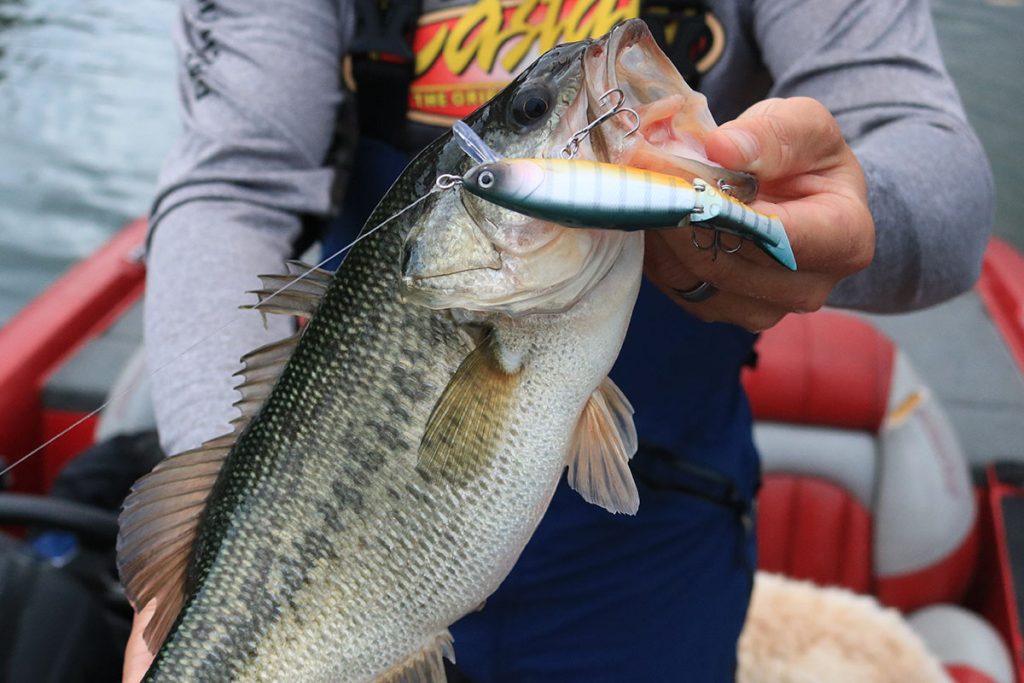
4. Finesse Worms
These work well on a variety of conditions and rigs, including drop-shots, one of the easier rigs to use. Opt for clear worms with a smaller, firm body and tail, and aim the worm where you know bass are congregating.
Technique Tip: Jolt!
Cast out your worm and let it sink to the bottom, pull it a bit, and then let it rest. This jerking motion will capture the attention of bass. Make sure to keep the link tight so you can feel when the bass strikes.
5. Jig Baits with Crawfish or Creatures
These are effective in both shallow and deep water, and along docks and rocks. The flexibility of these is valuable during the spring when bass activity can change from day to day. Generally, bass look for larger prey in the spring so you can use bigger jigs. If the water is colder, opt for smaller creatures. If it's warm and the bass are large, use your larger crawfish.
Technique Tip: Consider the Temperature & Bass Size
Survey the size of the bass in your area. If the bass are small, or it is particularly cold, use smaller jig bait creatures. Larger bass on warmer days react better to larger crawfish and creatures. Opt for a slow and low presentation, and allow the rig to sink to the bottom before reeling it back in.
6. Drop-Shot Rigs
These are effective and most importantly, straightforward. They work in a variety of water depths and currents, and have a weight at the bottom of the rig that allows you to lower the rig to the bass. Drop-shot rigs are probably the easiest to use, allowing the whole family to have fun. Use them with crawfish and finesse worms.
Technique Tip: Deadsticking
Deadsticking is a popular technique when you know where the bass are. Let the weight fall to the bottom and rest for less than a minute before slowly lifting it and letting it fall again. Repeat over and over while reeling your rig back to you. If you don’t know where the bass are, pitch your bait and let it sink to the bottom before you quickly drag it along the base of the water.
Spend Time on the Water
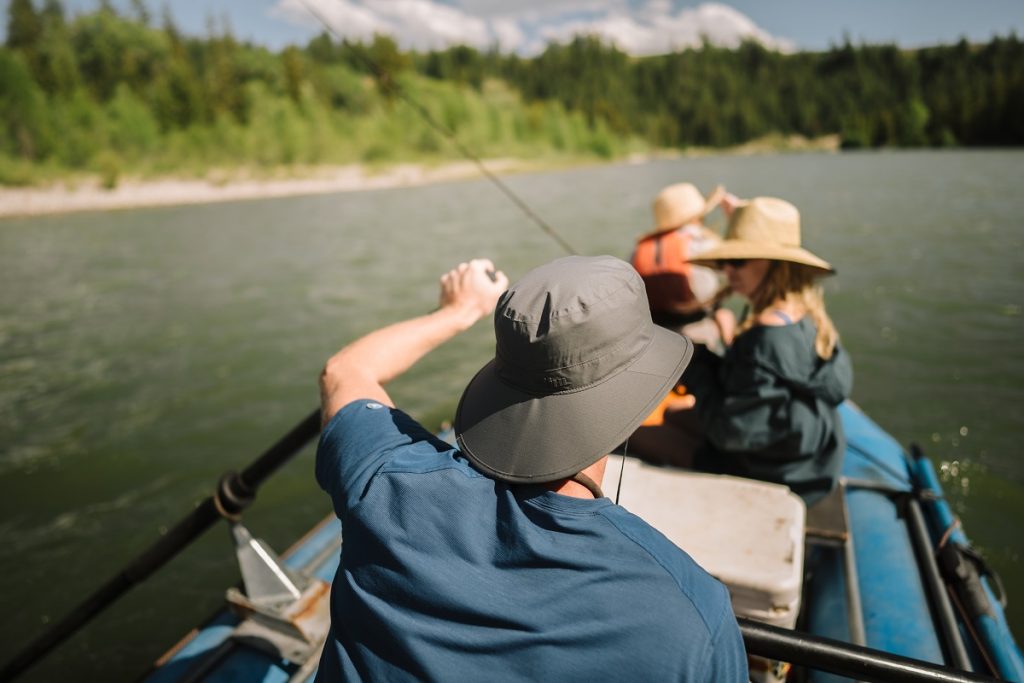
The more time you spend bass fishing in spring, the more successful catches you'll experience. Absorb which techniques and presentations work best under which conditions. If you're only familiar with bass fishing at large lakes on motorboats, consider trying a canoe or kayak. To learn more about fishing kayaks, review our 7-Point Inspection for Fishing Kayaks. Many smaller, less visited lakes hold a large amount of bass to catch. Canoes and kayaks also offer a lower profile approach.
As always, don’t forget to protect yourself from the sun by wearing an effective hat. Shop more outdoor gear below.


